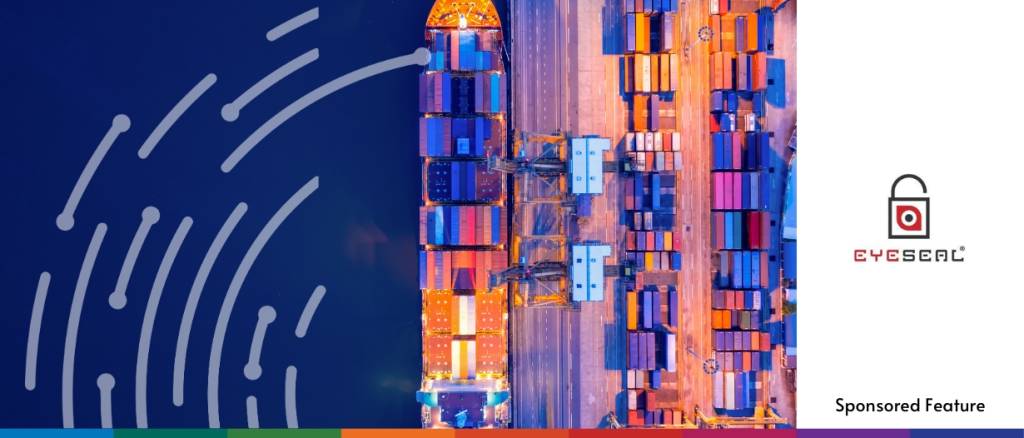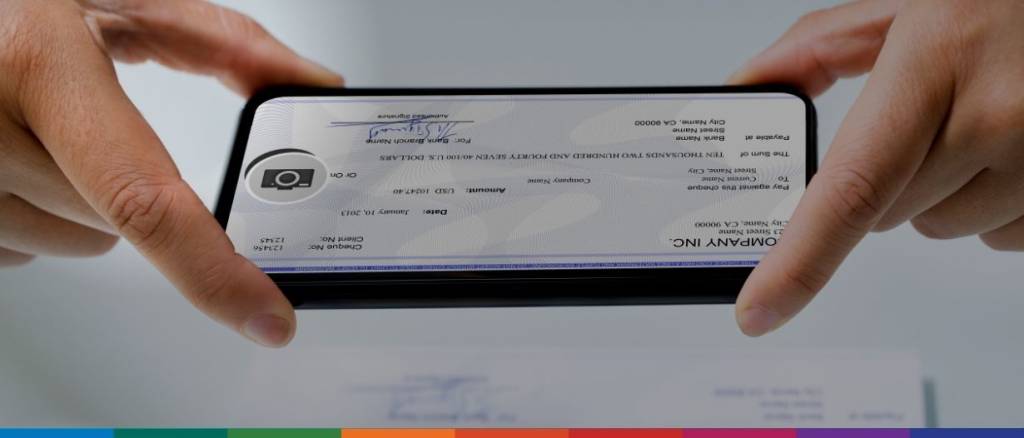This article focuses on correspondent banking, its role in international trade, and shortfalls of the traditional model that adversely affect lower-income countries, impeding economic development and the advancement of financial inclusion.
Today’s fashion industry is in need of its very own digital silk road that can revolutionise its global trade with speed, reliance and efficiency.
Much like the rest of the global economy, the world of correspondent banking has undergone rapid changes in recent years. Though we have started to witness the changing dynamics of correspondent banking relationships, we have yet to truly understand their long-term impacts. TFG heard from leaders at banking association BAFT, who have recently partnered with TFG for the launch of their correspondent banking hub.
At the 4th National Summit Trade Finance for Inclusive Growth organised by ASSOCHAM, the state of global trade finance was discussed by industry leaders. One point came across clearly: the path to growing the Indian economy is easy access to trade finance. Deepesh Patel, TFG’s Editorial Director, recently joined the ASSOCHAM Trade Finance Steering committee, helping to provide insights into market activities and trends.
Breach detection is the very essence of EyeSeal. Its standout characteristic lies in its internal installation of the device within shipping containers, delivering a significant edge over externally mounted devices that are susceptible to tampering.
Despite the widespread ‘backlash’ against ISDS, originating primarily in academia, ISDS offers important procedural protections for foreign investors and should be retained in Free FTAs.
One of the difficulties related to international trade is the large volume of paper documents that make up much of the information flow between the different parties, including various documents such as invoices, bills of lading, certificates of origin, and customs declarations.
For over 65 years, Export Finance Australia (EFA) has been helping businesses take on the world. Over this long history, we have gained a unique perspective on the challenges faced by exporters, and how finance can help address them.
Trade Finance Global (TFG) is proud to announce that part of its Trade Finance Talks content has been accredited as official Continuing Professional Development (CPD) resources for a wide range of courses offered by The London Institute of Banking and Finance (LIBF).
In this episode of Trade Finance Talks, Brian Canup, assistant editor at TFG, was joined by Channing Mavrellis, director of the Illicit Trade Program at Global Financial Integrity, to delve into the world of TBML. Together, they explored the latest developments and insights surrounding trade-based money laundering (TBML) practices.
























